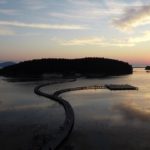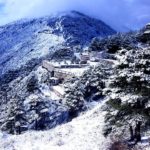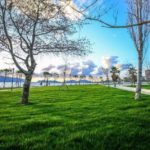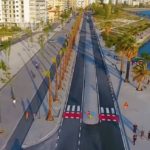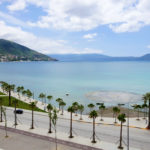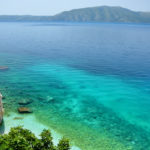Vlorë is a municipality in the southwest of Albania, second biggest Port in the country.
Culturally and economically, it is one of the most significant cities of southern Albania popular for its traditions and folklore.
Geographically located on the Bay of Vlorë and the foothills of the Ceraunian Mountains along the Adriatic and Ionian Sea within the Mediterranean Sea, the city experiences a profound Mediterranean climate with hot, dry summers and cool, wet winters Vlorë is considered as one of the oldest cities in Albania and the region founded by the ancient Greeks in the 6th century BC named Aulōn.
It is also one of several colonies on the Illyrian coast, mentioned for the first time by Ptolemy (Geographia III xii, 2). Centuries later it was conquered by the Romans, Byzantines, Normans, Venetians and Ottomans. The city carries historical importance to Albania as it hosted the First National Assembly on the 28th of November 1912, gathering both spiritual and intellectual strength for national consciousness which conclusively led to the Albanian Renaissance. The Albanian Declaration of Independence from the Ottoman Rule was proclaimed following this Assembly.
The Museum of Independence is dedicated to this historic event and along with the Muradije Mosque dating 1542, the only work remaining in Albania from the famous architect Sinan the Great, make two of the many landmarks of the city. Orikum and Amantia archaeological parks, as well as Llogara National Park are the highlights of Vlora tourist attractions.
Atop of the hill overlooking the city is the panoramic and religious point of Kuzum Baba, a natural terrace carved out by the sea, which took the name after the Bektashi spiritual leader Tekke built on this hill in 1600 (Teqeja e Kuzum Babait). This is one of the most important temples of a very influential sect in the 17th century Albania. Vlora is considered the gateway to the Albanian Riviera and is a favorable destination for Albanian and international visitors.


